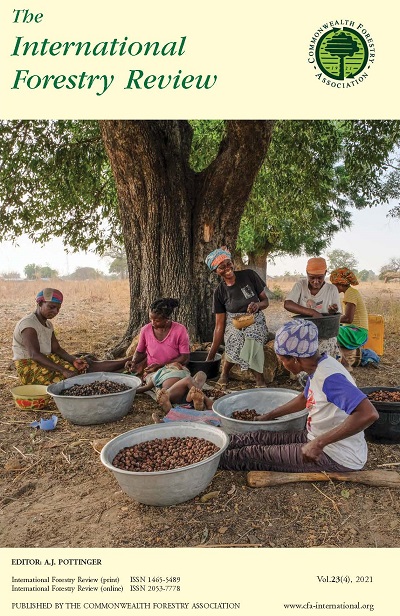Shea (Vitellaria paradoxa C.F. Gaertn.) – the emergence of global production networks in Burkina Faso, 1960–2021
After Burkina Faso’s independence, shea butter continues to be the key staple edible oil used by Burkinabe households although alternatives are now being placed in local markets. Shea (Vitellaria paradoxa C.F. Gaertn.) is primarily managed as a food tree crop for African consumers but has been promoted as a wild and abundant crop which gives African women cash and empowerment. New international demand for edible Cocoa Butter Equivalents (CBEs) from the 1960s onwards led to the introduction of several state-led efforts to regulate and control the shea trade through stabilization funds and parastatal marketing boards. These were abandoned after 1984, when cocoa prices collapsed and shea markets were liberalized. Increasingly since 2003, several leading Trans-National Corporations that manufacture CBEs are involved in sourcing shea kernels to meet the growing demands of the multi-billion-dollar confectionary and cosmetics industries. Burkina Faso and Ghana are two of the main exporting countries producing 60–75% of all international shea offtake. West, Central and East African women shea collectors and their associations have also managed, more recently, to meet the growing demand for ‘hand-crafted’ shea butter for the global personal care sector and new niches in the edible oil industry. Attempts to explain the radical transformation of shea supply chains in West Africa have focused on relatively recent events and actions detached from the broader historical context in which they are embedded. This paper adopts a broad periodization, stemming from the formulation of CBEs incorporating shea and palm stearin in the 1960s, and using a Global Production Network approach to understand the role and position of women shea producers and their associations at the intersection of global, regional, and local periodic markets. It challenges the assumption that global markets are necessarily a more viable alternative to reliance on local, domestic, or regional markets. The growth of global trade in shea kernels and shea butter has been accompanied by significant land cover and land use changes which has led to the progressive loss of trees, biodiversity, and other ecosystem services such as pollination and carbon sequestration. This presents new socio-economic challenges, including threats to local food and nutrition security, tenure rights and the livelihoods of local communities.

